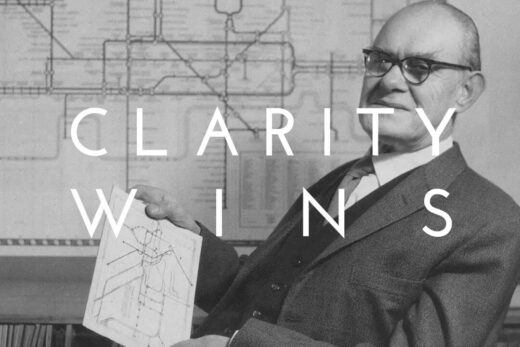For a long time, art and handicraft were seen as entirely separate things. I mean a joiner made furniture that served a purpose, while a sculpture created statues and was considered an artist.
Although the sculpture probably earned his living with his job as much as the joiner did, it somehow reminds of Aristotle who – roughly spoken – thought that work is something you do for money and not because you want to do it. A thing only fit for slaves.
The Beginnings
Industrialisation was in full swing and items people used on a daily basis were no longer produced manually but in a production chain. Mostly, the producers just looked for functionality and completely neglected aesthetics.

Maybe that is one of the reasons, why the Bauhaus was so successful. Bauhaus was a progressive school with a comprehensive programme comprising graphic design, architecture and fine arts. From now on the joiner was not just a craftsman but also an artist. Products had to be as functional as they were visually appealing.
While Art Nouveau uses organic forms such as flowers, leaves and butterflies, Bauhaus concentrated on function and pure, geometric shapes.
The Influence
The Bauhaus was founded in Weimar in 1919, later moved to Dessau and was shut down in 1933 due to political reasons.
However, the influence should be wider and last longer than anyone might have inspected. You’ll find some more articles here related to their development.




